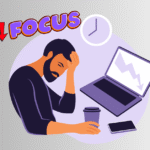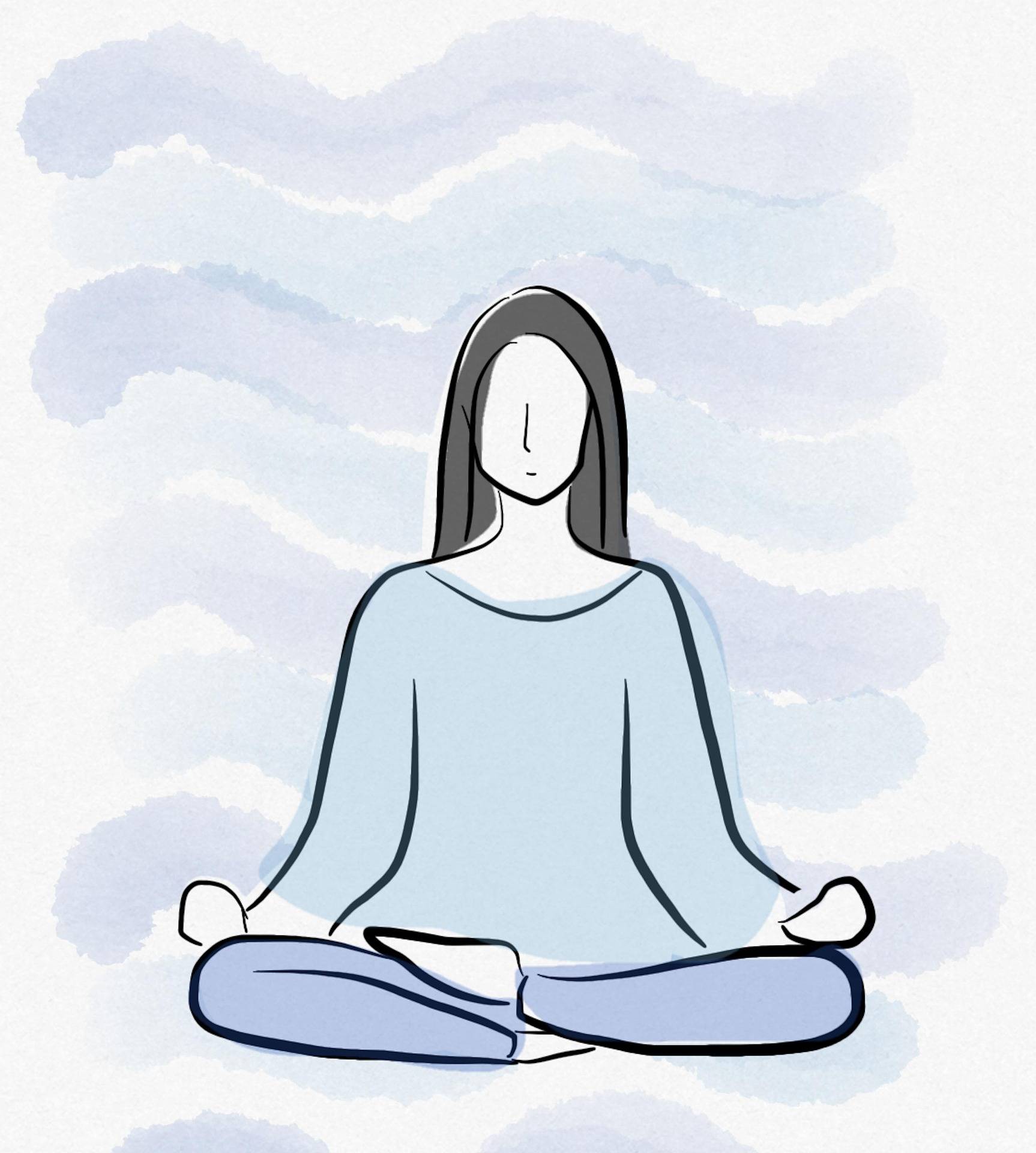Introduction: Why You Can’t Focus Anymore
Have you ever found yourself scrolling endlessly through social media, unable to stop? You’re not alone. In today’s hyperconnected world, our brains are constantly bombarded with stimuli—from notifications and reels to gaming and binge-watching. This overstimulation messes with your dopamine levels, a neurotransmitter that plays a crucial role in pleasure, motivation, and focus. That’s where dopamine fasting comes in.
Rooted in neuroscience and inspired by practices like digital detox, dopamine fasting is not about completely avoiding dopamine. Instead, it’s about reducing overstimulation so your brain can reset. This guide serves as your roadmap to understanding and applying dopamine fasting in a realistic and friendly way.
What is Dopamine Fasting?

Dopamine fasting is a practice where you intentionally avoid activities that give you quick dopamine hits. This includes things like:
- Mindless scrolling through social media
- Binge-watching TV shows
- Gaming for hours
- Junk food binges
By limiting these behaviors temporarily, your brain gets a chance to reset its reward system. This isn’t some extreme method to eliminate all pleasure—rather, it’s about becoming more mindful of how your habits affect your mood, motivation, and ability to focus.
The Science Behind Dopamine and Overstimulation
Dopamine is your brain’s “feel-good” chemical. But when you constantly trigger dopamine through high-reward, low-effort activities like checking your phone or watching short-form videos, your brain starts to crave more and more. Over time, natural sources of joy—such as learning something new or taking a walk—no longer feel rewarding.
This leads to:
- Low motivation
- Short attention span
- Constant boredom
- Sleep issues
That’s why digital detox and dopamine fasting are gaining popularity. They aim to recalibrate your dopamine levels so you can find joy in meaningful activities again.
The Difference Between Dopamine Fasting and Digital Detox
While both aim to reduce overstimulation, digital detox typically focuses on limiting screen time and technology usage, while dopamine fasting is more comprehensive. It targets all habits that create quick dopamine hits, even junk food or gossip.
In practice, these approaches work well together. If you’re interested in going deeper, don’t forget to explore our Digital Detox Guide and download the free 7-day detox ebook at the end of the post.
Signs You Need a Dopamine Detox

If you relate to any of the following, a dopamine fast could help:
- You wake up and immediately reach for your phone
- You can’t concentrate on a single task without switching tabs
- You feel anxious or bored when you’re not distracted
- You rely on snacks, shows, or scrolling to feel better
- You procrastinate even with things you want to do
- You sleep late due to binge-watching or scrolling
These are signs that your brain may be overstimulated and in need of a reset.
How to Do a Dopamine Fasting (Step-by-Step)

1. Set Clear Goals
Don’t just say, “I’ll use my phone less.” Instead, decide what you want to reduce and why. For example:
- Cut down on Instagram to improve focus while studying
- Limit gaming to feel more energized
2. Choose a Time Frame
Start small. Try a 24-hour dopamine fast over the weekend. Once you get used to it, you can experiment with longer periods like 3 days or a full week.
3. Eliminate Triggers
Remove apps from your phone or use tools like Focus Mode, Freedom, or Screen Time to reduce temptation. Let your friends and family know you’re taking a break.
4. Add Boredom-Busting Alternatives
Here’s the trick: replace digital distractions with low-stimulation, high-reward activities such as:
- Reading
- Journaling
- Taking long walks
- Practicing deep breathing or mindfulness
- Doing puzzles or drawing
- Listening to calming music or nature sounds
These activities may feel boring at first—but that’s a sign your brain is detoxing.
5. Reflect on Your Experience
At the end of your fast, write down how you felt. Were you more present? Did you sleep better? Did your mind feel clearer? These observations can motivate you to make it a regular habit.
6. Gradual Reintegration
When you end your fast, avoid jumping back into overstimulation. Reintroduce digital content mindfully—choose long-form content over short-form, schedule screen time, and prioritize real-life experiences.
Tips to Sustain the Results
- Practice dopamine fasting once a week
- Keep using screen limit tools on your phone
- Make mindfulness a daily habit
- Learn to enjoy boredom as a reset button
- Focus on purpose-driven tasks that bring long-term satisfaction
- Start your day tech-free for the first hour
Benefits of Dopamine Fasting for Students and Teenagers

Teenagers especially benefit from dopamine fasting as their brains are still developing and more sensitive to overstimulation.
Key benefits include:
- Improved concentration and memory
- Better sleep quality
- Reduced anxiety
- Increased energy and clarity
- Reignited interest in creative or physical activities
Mistakes to Avoid When Starting Dopamine Fasting
- Going “all in” too quickly: Starting with an extreme fast without easing into it can lead to frustration and burnout.
- Not preparing alternatives to boredom: Without having healthier, low-stimulation activities lined up, you might end up relapsing into old habits.
- Thinking you’ll never be bored again: Boredom is part of the process—it signals your brain is rewiring. Embrace it.
- Using the fast as punishment: This practice is meant for healing and resetting, not for self-blame or guilt over past behaviors.
Instead, treat dopamine fasting like a mental health break—an opportunity to reset your relationship with pleasure, find balance, and build more intentional habits for lasting well-being.
Final Thoughts
Dopamine fasting isn’t a magic cure, but it’s a powerful starting point for reclaiming your attention, motivation, and joy. In a world designed to hijack your focus, this practice puts the control back in your hands.
Try it for just one day, and you might be surprised how refreshed you feel. And if you’re serious about cutting through the noise, don’t forget to explore the digital detox guide and grab the free ebook to dive deeper into your transformation journey.
FAQs About Dopamine Fasting
Q1: Is dopamine fasting scientifically proven?
A: While the exact term isn’t widely used in academic research, the concept is rooted in neuroscience. Reducing overstimulation helps rebalance your brain’s reward pathways.
Q2: Do I need to avoid my phone completely?
A: Not necessarily. The idea is to avoid using your phone for quick dopamine hits. You can still use it for calls or necessary tasks.
Q3: How long should a dopamine fast be?
A: Start with 24 hours. If that feels too hard, try 4–6 hours. You can increase the duration gradually.
Q4: Can I listen to music or podcasts?
A: Preferably not during a strict fast. But you can switch to calming, non-lyrical music or guided meditation if needed.
Q5: Is this like meditation or mindfulness?
A: Mindfulness is a great tool during a dopamine fast. Both aim to increase awareness and help you be present.
Q6: Is dopamine fasting the same as a digital detox?
A: No, but they complement each other. Dopamine fasting is broader—it includes avoiding all high-stimulation habits, whereas digital detox focuses specifically on screen-related habits.
Want more clarity, focus, and inner peace? Start your dopamine fast today, and don’t forget to check out the Digital Detox Ebook to go even deeper.



